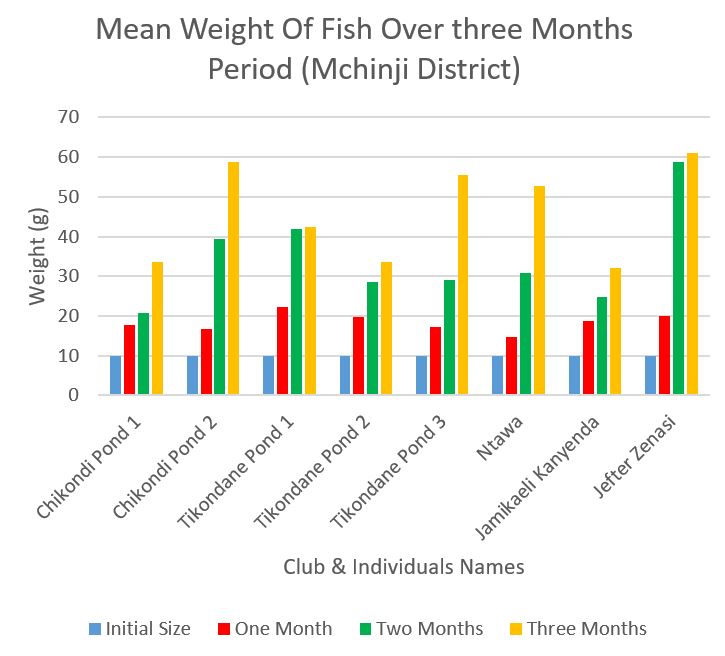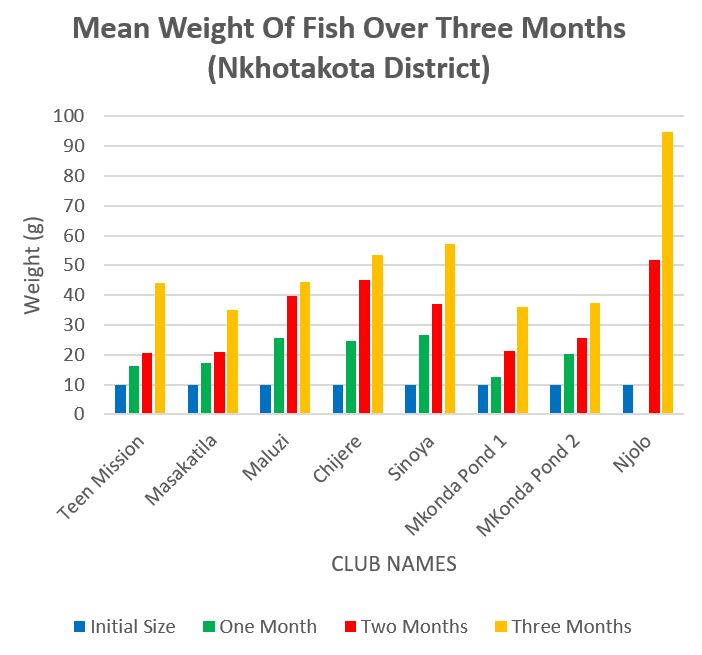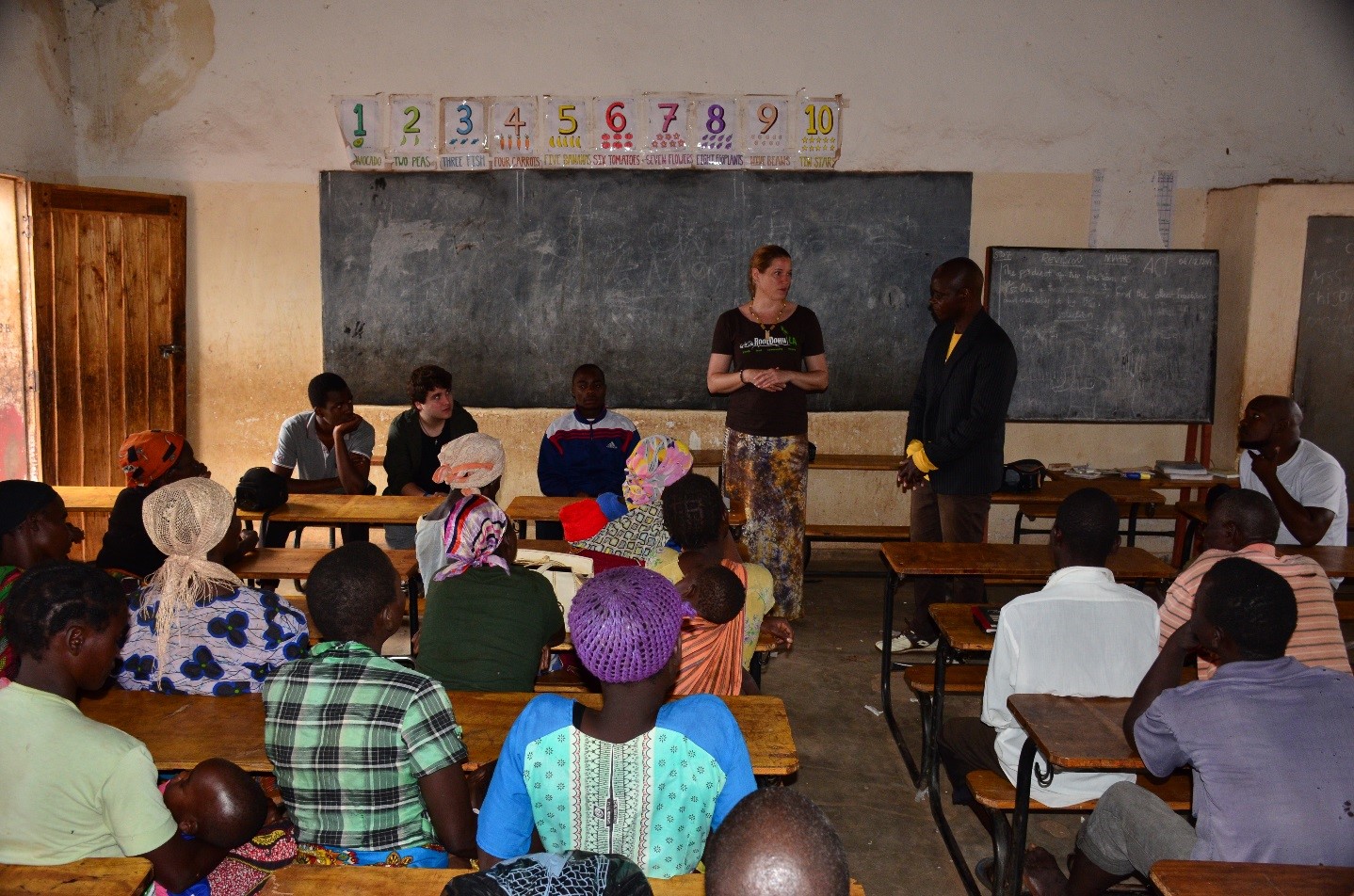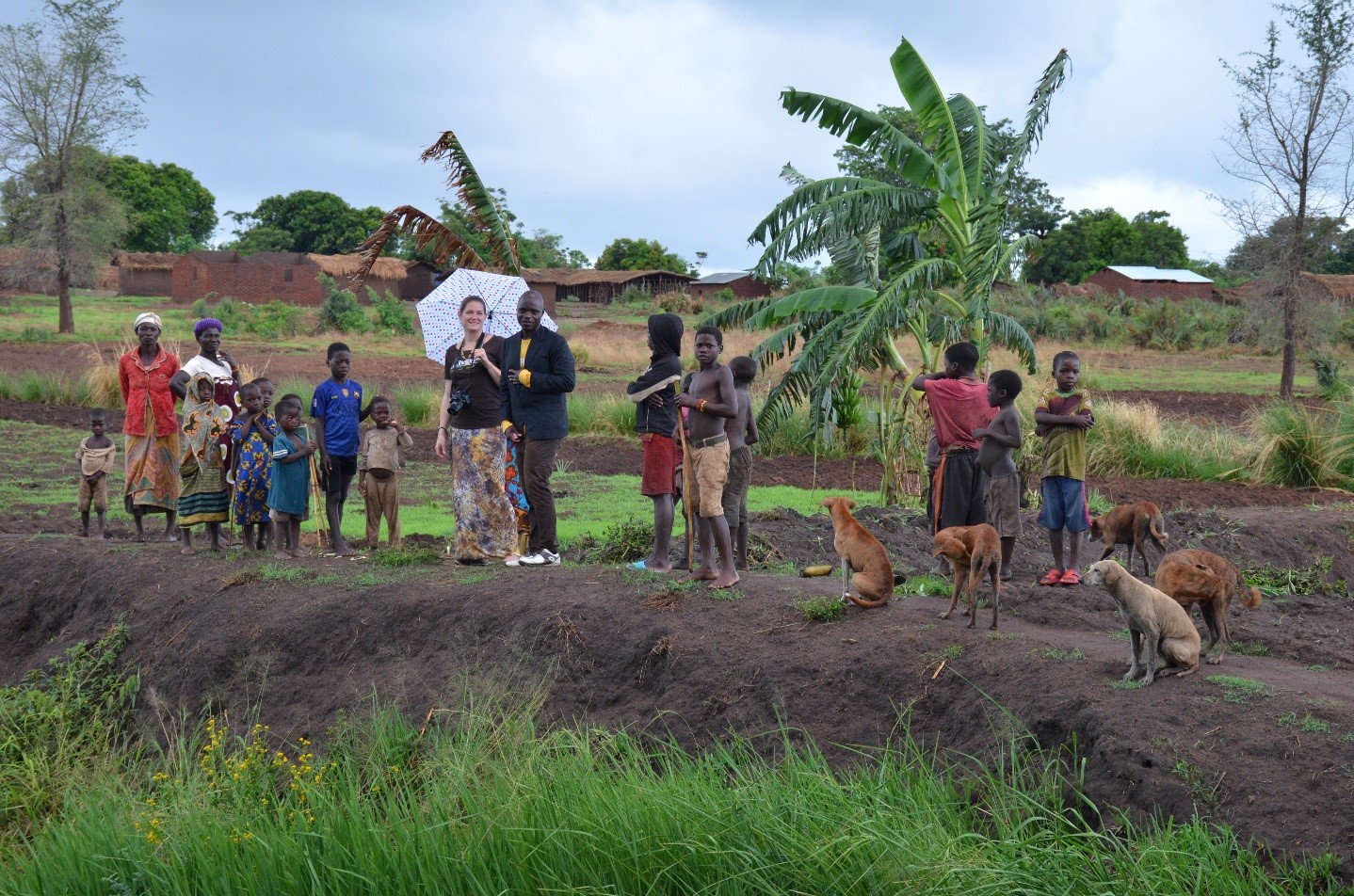In Germany, after the import of 200 hatchery fish (in compliance with the "Nagoya Protocol on Access to Genetic Resources and the Fair and Equitable Sharing of Benefits Arising from Their Utilization"), work will be started to optimize reproductive performance and larval rearing. To optimize the reproductive performance, animals from different regions of Malawi will be genetically characterized in order to identify individual populations with different reproductive performance for later breeding. Furthermore, a cryopreservation protocol for the male gametes will be established and samples of the respective males from the different populations will be stored for breeding in a cryobank in Malawi. Abiotic parameters will be varied to work out the optimal breeding conditions for the fish as part of a master's thesis being conducted by an exchange student from Malawi in Germany.
At GMA, another exchange student will also conduct his master's thesis. Under the supervision of Dr. Bernd Ueberschär, larval rearing will be optimized, mainly through the use of specialized larval feeds. The identified optimal formulations will be formulated in a second step using raw materials locally available in Malawi to enable local breeders to raise larvae economically. The high feed costs for specialized fish feed could already be identified within the project as one of the major bottlenecks for a successful expansion of aquaculture production in Malawi.
Furthermore, Dr. Bernd Ueberschär (GMA) established a project resource on the internet to facilitate access to current information and progress of the initiative for all participating partners (www.fish-for-life.org). A solar-powered larval rearing facility was also designed for use by the project partner in Malawi to intensify seedling production and rearing of the aforementioned fish species.
In Malawi, two communities in geographically and ecologically different regions (Mchinji and Nkhotakota) were initially selected and are now involved in the project activities. In these communities, as well as in two control communities from the same districts, data were first collected on project-relevant topics (health, nutrition, etc.). As part of this data collection, 98 households in Mchinji and 88 households in Nkhotakota were surveyed in the intervention group, and 101 households in Mchinji and 99 households in Nkhotakota were surveyed as the control group. Most respondents were female (69%), with households predominantly headed by men. The average age was 19 years. Less than 3% of fish production in both districts occurs in private ponds. The majority of pond and field management takes place in so-called "clubs", jointly managed landholdings. In Mchinji, 8 clubs were included in the survey, while in Nkhotakota there were 16 clubs.
The most frequently bred species in these clubs were:
- Mchinji: T. rendalli (Chilunguni) (57.1%), O. karongae
- (Chambo) (42.9%) and O. shiranus (Makumba) (34.7%).
- Nkhotakota: O. shiranus (Makumba) (44.3%) and
O. karongae (25%)
However, current fish production in both districts is low and rarely combined with other forms of production (e.g., vegetable production). The further survey dealt with the nutritional situation of the families, with a special focus on young children under 5 years of age. In summary, food insecurity is very high in both districts. Accordingly, between 30.3% (Nkhotakota) and 34.1% (Mchinji) of children were underdeveloped. In Nkhotakota, increased disease rates and low food diversification continued to be observed.
In spring 2017, the first trainings were conducted in both districts, providing farmers with information on IAA and optimized pond use. Traditional tools were also distributed to help farmers prepare their ponds for stocking. In total, 145 fish farmers from 11 fish clubs participated in Nkhotakota and 140 fish farmers from 4 clubs participated in Mchinji. Shortly after these trainings were conducted, the first pilot study stocked some ponds with juvenile fish ("fingerlings", average weight 10 g) and provided higher quality fish feed (compared to traditional fish feed, which is largely just corn waste and can be considered low quality). The fingerlings were to grow off over a period of 6 months. Samples were taken every month by the Malawian team to document the growth of the fish. At the same time, seeds for squash, canola, Chinese cabbage, and amaranth were distributed to be planted on the dikes or near the ponds and watered with pond water. Since the pond water is enriched with nitrate, an important nutrient for plants, by the excretions of the fish, improved plant growth was to be achieved.
The following graphs show the increase in fish over the first three months. In Nkhotakota, a total of 8 ponds were stocked with fish. The average growth of fish in these ponds ranged from 25 g to 85 g.In Mchinji, 6 ponds from 3 clubs and additionally one pond each from individual farmers were stocked with fish. The growth rates in 3 months were between 25 g and 50 g. The Nile tilapia (Oreochromis niloticus), which is widely distributed in many other countries, reaches growth rates of 50 g within 80 days (all-male populations) under optimal conditions and with high-performance feed. The lower growth rates of the "Chambo" can be attributed mainly to the lack of breeding programs (mixed populations), management errors and, above all, inadequate feed quality.


The integration of fish and vegetable production was particularly successful in areas where vegetables had been planted previously, as these communities had suitable fields available and had more experience in cultivation. It was therefore decided to include a plant breeding specialist in the next training sessions. Some communities, even the more experienced ones, had problems with pests, with only some communities being able to solve this problem on their own by applying appropriate plant protection products.
The ponds were fished in October or November, followed by another training session on the production of various fish products. Among other things, the participants learned to make fish sausages, fish cakes or dumplings. During this training, the developed products were tasted by the participants themselves and were very well received (especially by the children). In the future, such products can be sold profitably on the market to achieve a higher added value. It should make it easier for farmers to plan the procurement of fish stocking and plant seeds.
Meanwhile, the German partners prepared to procure and ship the solar-powered fish larvae rearing system and other essential equipment (for molecular biology analysis, cryopreservation of fish sperm, and processing of fish products). After these were stowed in a 40-foot container and sent by ship on the long journey to Malawi, the two German partners in the project flew to Lilongwe on November 28, 2017, to prepare with the local project partners for the arrival of the container, to visit the involved communities in Mchinji and Nkhotakota, and to prepare for the stay of the two master students and one technician in Germany early next year. In addition, the trip was already used to visit another community at Lake Malawi and to evaluate to what extent this community can also be integrated into the project. It turned out that this community already has a farmer who runs IAA and owns several fields of sugar cane, maize, banana trees and vegetables in addition to 3 large fish ponds. After his farm was destroyed by a bush fire several years ago, he was unable to independently stock his aquaculture ponds with fish. The project partners decided to involve this farmer in the project and provide him with fish for his ponds in January, as he has extensive knowledge of IAA and can serve as a role model for the other farmers in the region.




